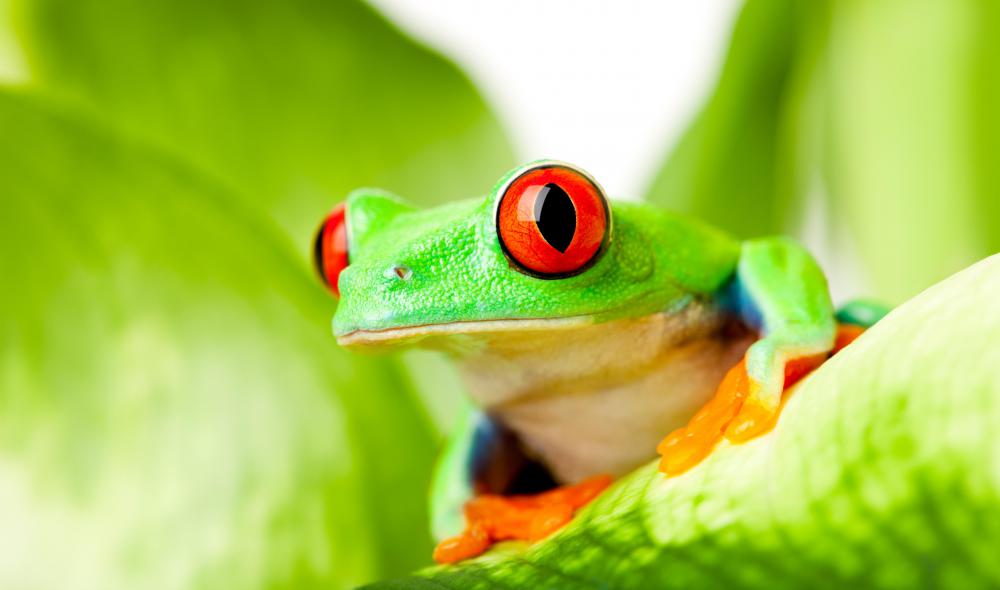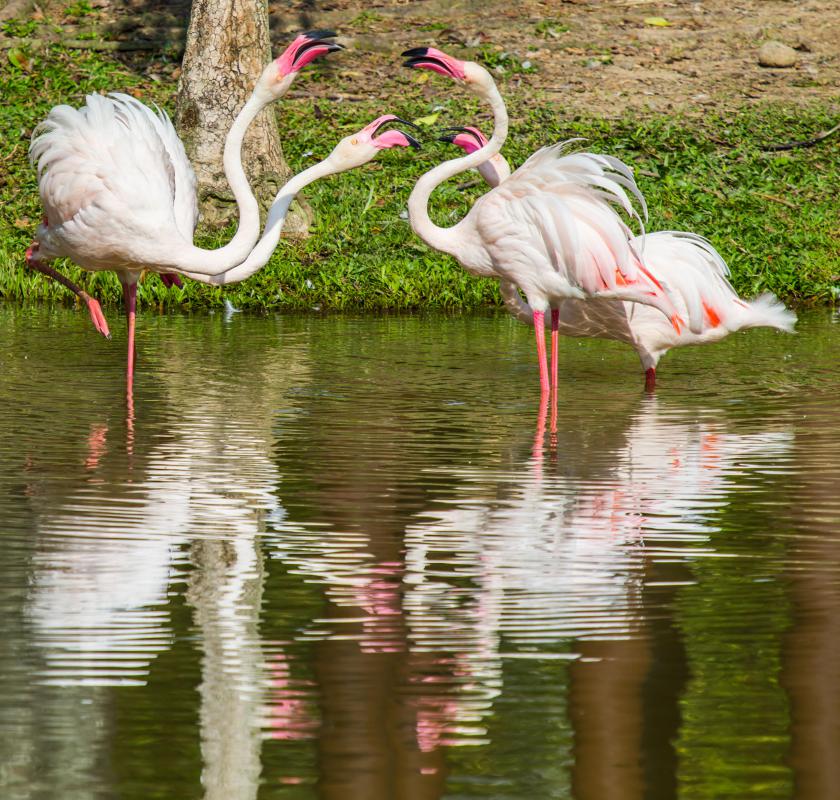At WiseGEEK, we're committed to delivering accurate, trustworthy information. Our expert-authored content is rigorously fact-checked and sourced from credible authorities. Discover how we uphold the highest standards in providing you with reliable knowledge.
What is Tapirage?
Tapirage is a technique which is used to change the natural colors of a bird. The technique emerged among South American Amerindians, who practiced it for centuries before the arrival of Europeans. Some curious Europeans also adopted tapirage, later using it to deceive consumers as to the true plumage of birds such as canaries. Museums with artifacts from Central American and the Caribbean sometimes have examples of tapirage on display, typically integrated into larger works like feathered tapestries and capes.
According to legend, tapirage is accomplished by first plucking the feathers of a bird, and then rubbing the bird's skin with secretions from toxic tree frogs. These secretions apparently have chemical compounds which can cause feathers to change color, so when the bird develops fresh plumage, it will be tinged yellow, orange, or red.

Certain birds certainly can change color in response to environment and diet, such as flamingos, who famously turn pink because of the krill they eat. It is not entirely unreasonable to suppose that Amerindians took note of this and decided to do a bit of experimentation to achieve desired colors of plumage for various craft projects, although how early experimenters landed on the idea of using toxic secretions from frogs is a bit of a mystery.

The process of tapirage has been described in several contemporary texts, and examples of unusually-hued feathers in museum collections testify to the fact that it was, in fact, an actual practice. In addition to being used to cultivate colored feathers for specific projects, tapirage was also apparently used to change the natural colors of birds so that they looked like entirely different (and more valuable) species. European canary breeders were sometimes accused of selling birds which had been subjected to tapirage to unwary consumers, for example.
After hearing about this elaborate process for changing the color of a bird, one would be led to wonder why Amerindians didn't simply dye feathers, since they certainly were aware of natural dyes. Tapirage may have ensured a truer, long-lasting dye which actually penetrated the whole feather, rather than coloring the outside. Colors like yellows and oranges can be challenging to achieve with natural dyes, as well, so tapirage may have been the most reliable dying technique. Or, perhaps Amerindians just got experimental.
AS FEATURED ON:
AS FEATURED ON:












Discuss this Article
Post your comments